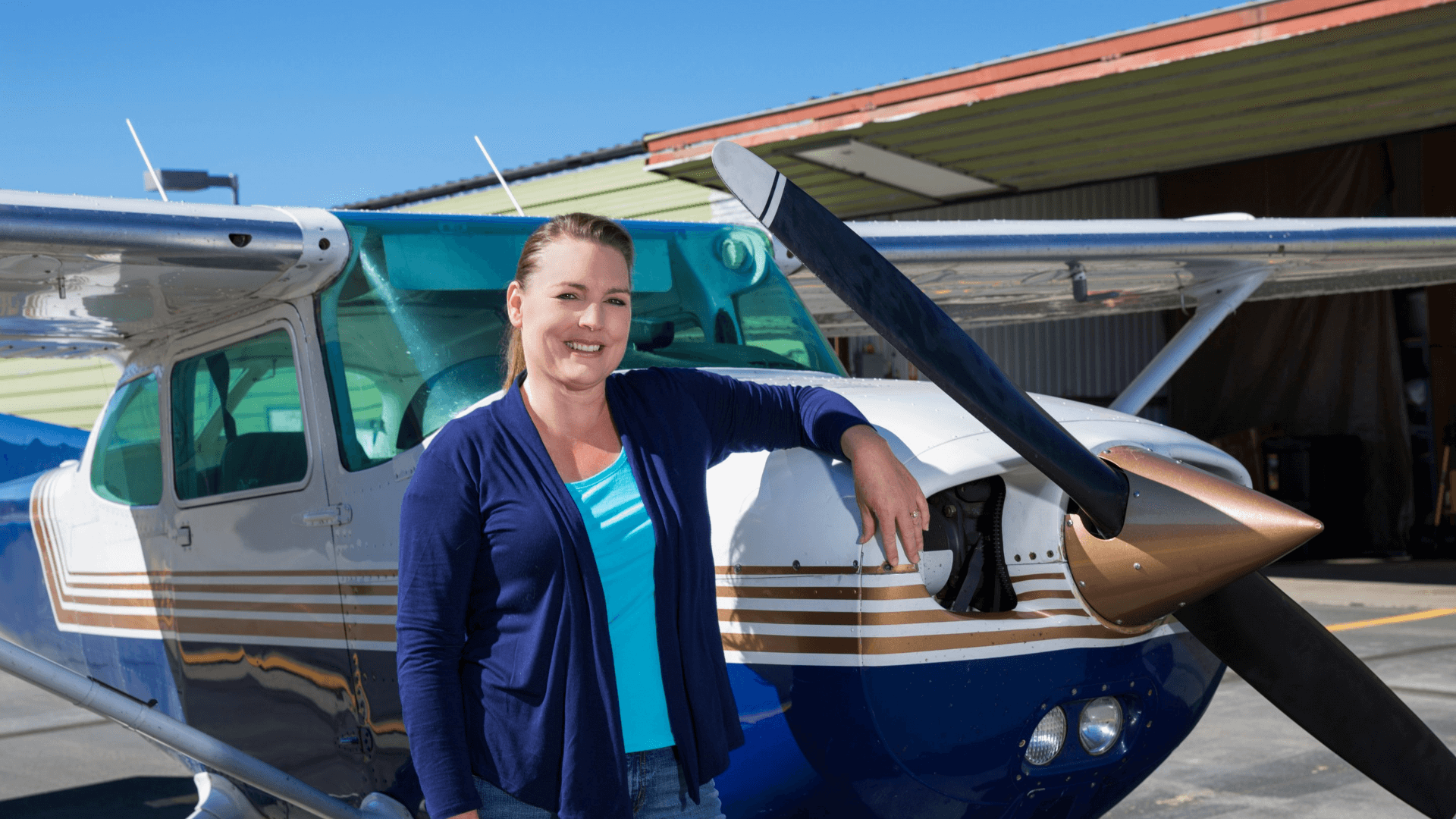
Every pilot will tell you that the best time to have in the logbook is Pilot In Command time. The concept of Pilot In Command (PIC) is a broad topic, one in which several books have been written describing the behaviors, responsibilities, and general job of an effective PIC. For this article, we will touch on some highlights as it pertains to being the PIC of a small general aviation aircraft, including during flight training.
Who is the PIC?
The International Civil Aviation Organization (ICAO) defines the Pilot In Command as:
“The pilot designated by the operator, or in the case of general aviation, the owner, as being in command and charged with the safe conduct of a flight."
In a flight training scenario, the PIC is always the flight instructor. Even though the instructor is sitting in the right seat, and generally not manipulating the controls they are still responsible for the safety and operation of the aircraft. When a student pilot takes the aircraft up for a solo training flight they are now the pilot in command, even though they are not a fully licensed pilot.
Because most general aviation aircraft are classified as single-pilot, the PIC is the only pilot operating the aircraft. Some high-performance general aviation aircraft such as business jets or larger multi-engine aircraft are flown by two pilots. If this is the case the Captain is considered the PIC and normally occupies the left seat. It should be noted that the PIC is not always the pilot who is manipulating the controls.
Responsibilities of the PIC
ICAO defines the role of the PIC as follows:
"The pilot-in-command of an aircraft shall, whether manipulating the controls or not, be responsible for the operation of the aircraft in accordance with the rules of the air, except that the pilot-in-command may depart from these rules in circumstances that render such departure absolutely necessary in the interests of safety."
The PIC has the sole responsibility for the safe operation of the flight. He or she must ensure that all rules, regulations, and procedures are followed at all times. However, the job of the PIC doesn’t end with the manipulation of the aircraft. A large role of the PIC includes communication. This means not just communicating with ATC but also passengers, dispatchers, or other operationally relevant people. When you hear about the concept of Crew Resource Management you generally think it is something that applies to airline crews. No way! It applies to all pilots. Think about all of the people involved in your single flight, even as a private pilot or student pilot. Here’s a noninclusive list of people that might “touch” your flight:
- You, the pilot
- Flight instructors
- Dispatchers
- Fueler
- Air Traffic Control
- Flight planning specialist for Nav Canada
- Other pilots
- Passengers
- Aircraft mechanics
- Other people at your flight school
As you can see there are many people who might play a small or large role in making your flight a successful one. As the PIC it is your responsibility to ensure that each of these players obtains the necessary communication or support from you so that they can do their job.
Emergency Management
Remember, as the PIC, the responsibility falls on you. But as we saw from the list above, you are never alone. A good PIC will always utilize the resources available to them to manage any emergency situation. It might be as simple as asking ATC to inform your flight school of a problem, or as large as obtaining direct support from ATC.
Also important is how you respond to an emergency or non-normal situation. Maintain a calm demeanor. Don’t overreact, take your time by methodically working through any checklists or procedures that need to be followed. Think before you act.
Be a Professional
The best way to always be ready for anything as the PIC is to be prepared well ahead of the flight. Keep your knowledge fresh; Study, take refresher courses, upgrade your skills by continued flight training. Even though you might not be a “professional pilot” in the traditional sense of the word, you should still be a professional every time to step into your aircraft.
While we can’t fully cover everything that encompasses the pilot in command in one short article I hope this gives you some insight into the person commanding your flight or the importance of the role you play as the PIC.
If you consider yourself a bit out of practice, especially with the softer side of flying, consider taking Level Flight’s Rusty Wings course. This course takes the highlights of the Private Pilot Ground School and the PSTAR exam and mashes it into one quick easy to digest course. Sign up HERE today. For more information about flight training, or ground school contact us by filling out the form below or calling 403-483-2880 today.
Take Flight Now
Level Flight is Canada’s best online ground school. It is our mandate to provide higher quality, more engaging training for Canadian Student Pilots. If you are seeking the exhilarating freedom of flight for a hobby or with aspirations of a career in the skies, Level Flight offers the best ground school experience available. Sign up for our online learning platform now and discover the adventure that awaits you at Level Flight.
By submitting this form, you opt-in and give expressed consent to receiving SMS / text messages, calls, and emails from us for the purposes of communication related to your inquiry or related to the products and or services we provide.
